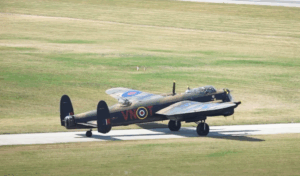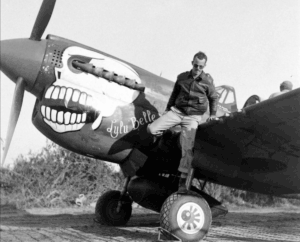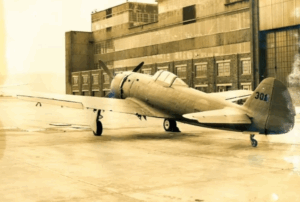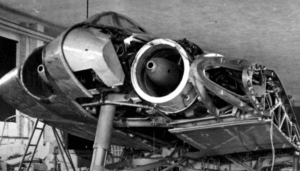The Deadliest Bomber Ever that Kept Killing its Crew
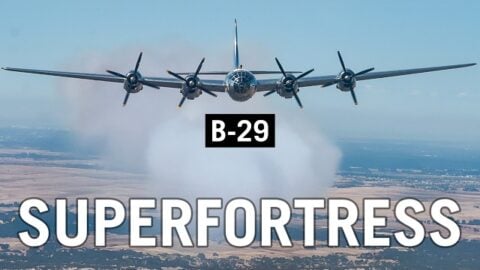
YouTube / Not What You Think
The B-29 was the most advanced bomber in the world at the time. It was larger, faster, could fly higher, and had a greater range than any other bomber. It was also deemed invincible, as it was able to outrun and outclimb enemy fire. The Superfortress was the most expensive project of World War II.
The Good, the Bad
Despite being the most expensive project during the war, the bomber has its own pros and cons. The B-29 was so good that the Soviets reverse-engineered an exact copy of it, the Tupolev TU-4, and produced over 800 of them. At the same time, it was so bad that the ongoing joke was that the crew was more likely to be killed by Curtis-Wright, the airplane’s engine manufacturer, than by the Japanese.
Indeed, the B-29s crew of eleven was almost twice as likely to die from the plane disintegrating mid-flight because of mechanical failure as being shot down by Japanese interceptors. During its first six months of operations, loss rates were 1 in 10 sorties because of mechanical failure. This was quite ironic because the Superfortress was one of the most advanced bombers ever built, with every component essentially designed from scratch.
Achilles Heel
Out of over 30,000 sorties,414 B-29s were lost while bombing Japan. Out of those, 147 were lost to flak and Japanese fighters, and 267 due to mechanical failures. This meant that for every B-29 lost to enemy fire, almost two were lost due to mechanical issues, and the most common problem was engine fire.
When the Wright R-3350 engine overheated, the magnesium alloy engine case ignited at 5,616 degrees Fahrenheit, instantly burning through the wing spar. The magnesium alloy is no longer used in engines for this reason. However, back then, it was utilized to decrease weight.
The B-29’s manual actually stated that uncontrolled engine fire would cause the wing to separate in just 90 seconds. In fact, 87% of engine fires couldn’t be extinguished because the engine fire suppression systems were inadequate. This meant that the fire would burn through the wing, forcing it to snap off.
The reason the engines overheat is that to rear cylinders had inadequate cooling and couldn’t dissipate the heat. Together with oil loss and poor design, the exhaust valve would fail and get ingested into the engine, causing a fire.
Becoming a Deadly Bomber
To make matters worse, B-29s were launched toward Japan from tropical islands in exuberant heat. This gave bombers less than 20 minutes from engine start time to get into the air. Otherwise, the engines would overheat.
During takeoff of a fully loaded bomber, pilots had to constantly adjust power versus how much air they diverted to cool down the engines. The more air diverted, the more drag. Too little air and the engines would overheat and blow up. If they lost any engines for the first 5-10 minutes, they would end up at sea.
This is why the take-off was considered one of the most dangerous parts of a B-29 flight since that were most engine fires happen. Eventually, this overheating issue was resolved with the help of baffles that redirected a stream of air onto exhaust valves, and the oil leaks were fixed with good old asbestos.














